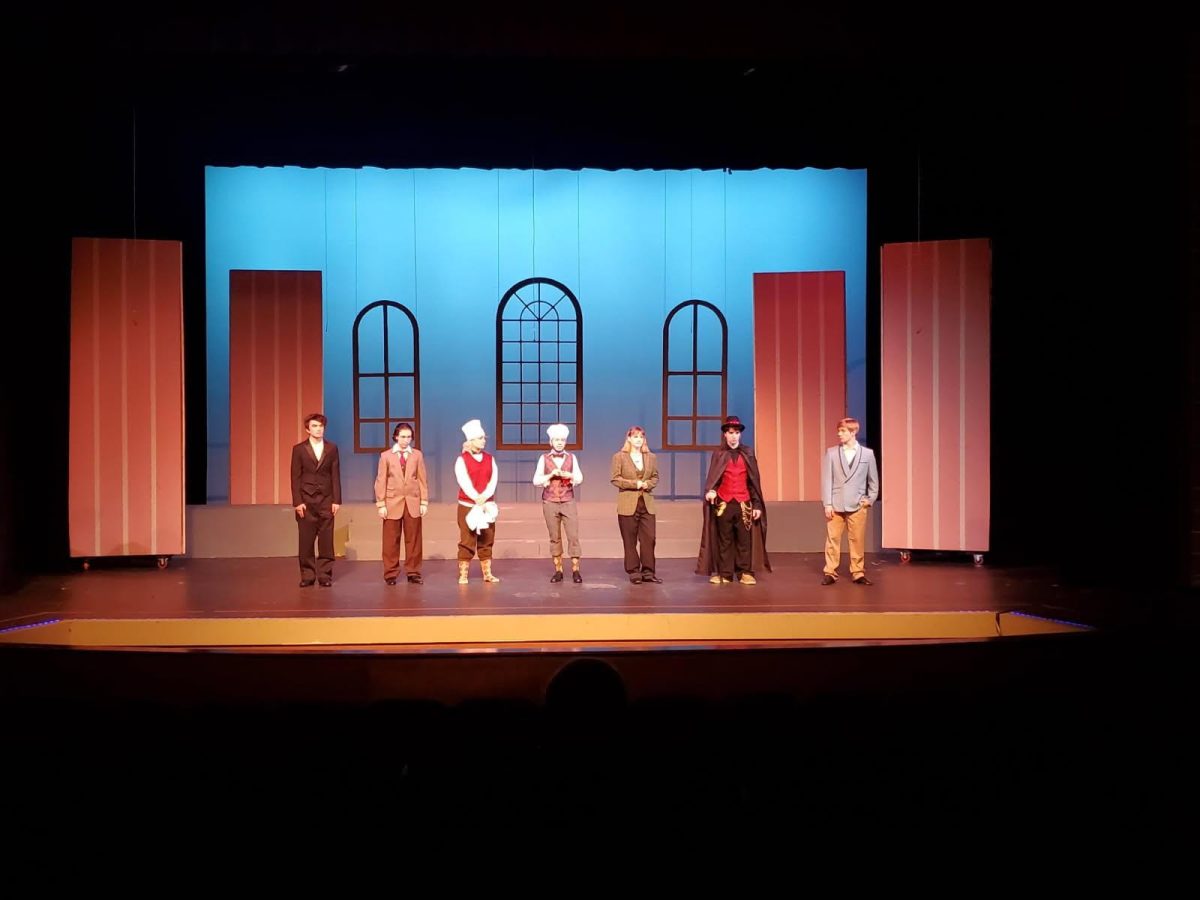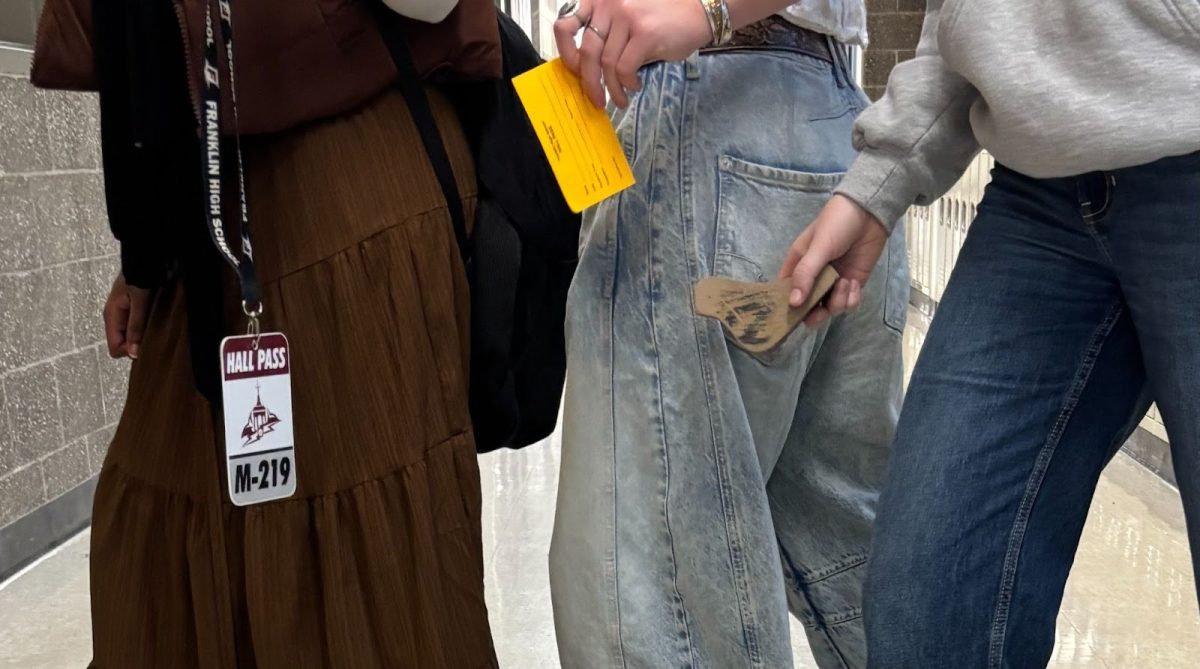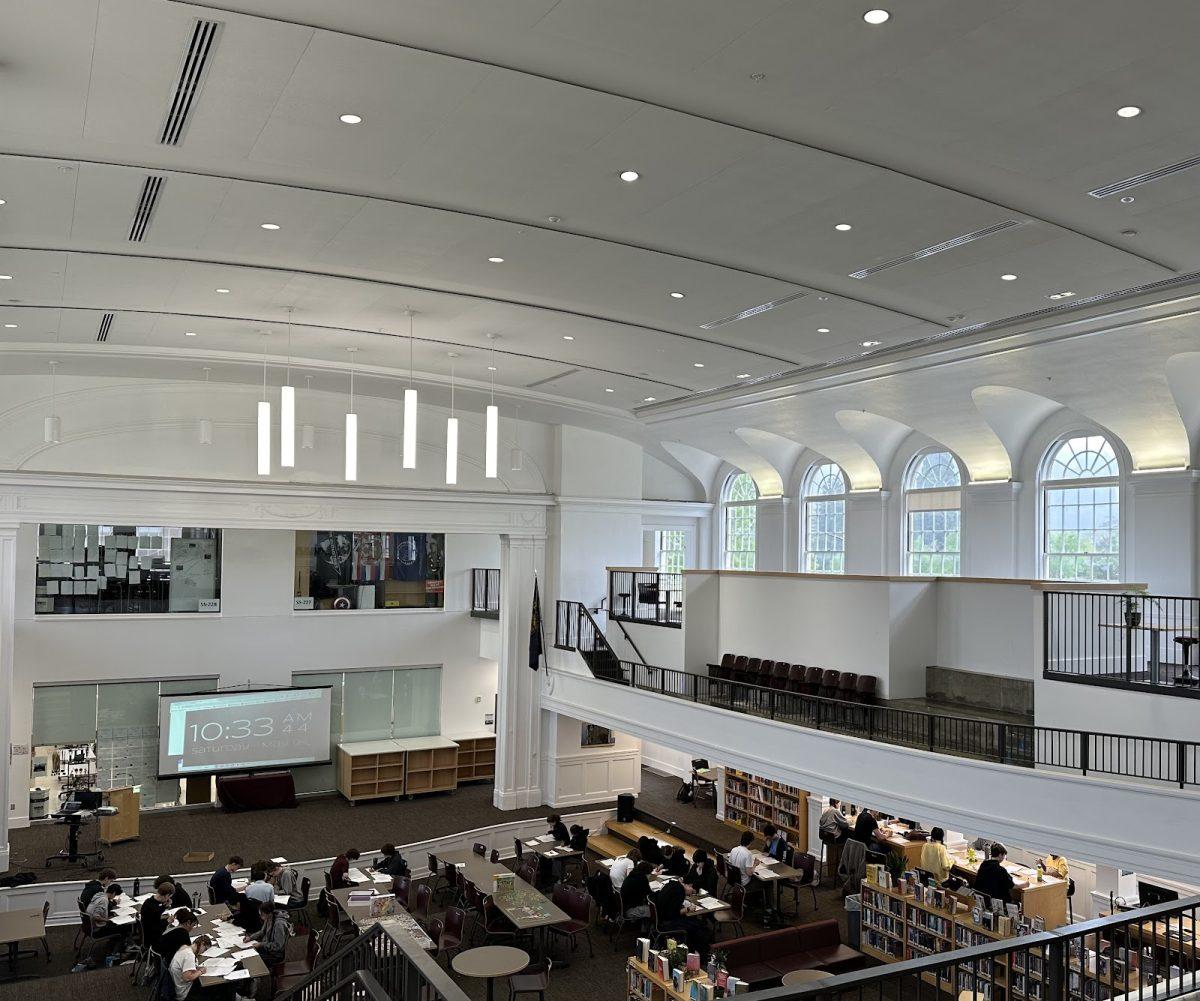Another school year has come and gone right before our eyes, perhaps even faster with the month-long teachers strike in November and the week-long winter storm. This year’s school schedule has been greatly impacted by lost instructional days, forcing classes to cut material or lessons. The schedule change also threw off the pace of the year. Redistributing the time loss has led to much of the tutorial time, the time students use to work individually with teachers, being cut. Additionally, 17 full days of school were lost in total; five and a half from the January ice storm, 11 from the teacher strike. However, only 11 days have been added back.
This especially affected Advanced Placement (AP) classes at Franklin, since the date for end of course exams could not be changed to accommodate the time lost for the strike. Every AP class ends with an end-of-year exam in May hosted by College Board, which determines whether the student is eligible or not for college credit. Of the 11 days added back — out of the total 17 lost — three were after AP exams had passed, meaning students lost nine instructional days before their AP exams.
When school got canceled back in November due to the teachers strike, all classes came to a stop. “We didn’t do unit four [of AP U.S. History], they told us to do it ourselves,” says Luz Culbert-Nusser, a junior who’s currently taking three AP classes. “I’ve had to learn to not be so reliant on my teachers and figure out the material for myself.”
Most of the school and staff were in a real bind to get school back on track, and get students the material or the lessons they needed. Lessons were skipped or made to be at home work. When students returned to school, some of their classwork was compacted and accelerated, all with less tutorial time, due to rescheduling from the strike. “It limits how much help I can support students or how much I can give students in support of their writing,” says Elisa Wong, who teaches AP English Language and Composition and AP Seminar at Franklin. She explains how she felt that she didn’t have to cut much of her curriculum, but that not all teachers had the same experience she did, adding that her colleagues in the history department had more work to pick up on.
With all these missed instructional days, students had either been packed with work or unsure where to study next in the learning content for school. “[T]his will be a significant change for students and teachers, it will require some extra planning to make sure students have the support they need to be successful in reaching their course goals,” says Brian Halberg, who teaches AP Modern World History.
Many different departments have had struggles in their own ways and have been trying to pick the pieces from where they left off. Wong has had to cut out chapters of textbooks. Some students, especially in advanced classes, continued work before the break.
The strike and winter storm were no picnic for the teachers. Before their weeks of picketing, many AP teachers put time and effort into making sure that students had the necessary materials provided online or the textbooks needed to complete the lessons and be on track for the national exam.
However, even with these resources, teachers weren’t able to be online to help students and provide necessary guidance. Students had to figure out how to manage without staff assistance. Some students looking to stay on track for exams spent the break working or studying for the next lesson. Some students took advantage of YouTube courses for AP classes like Heimler’s History or FREEMAN- PEDIA to assist them without engagement from a teacher.
With AP exams and the year best defined by the strike behind us, the value of schools and teachers in preparing students for AP exams and more broadly their role in students’ education is clearer than ever.




































